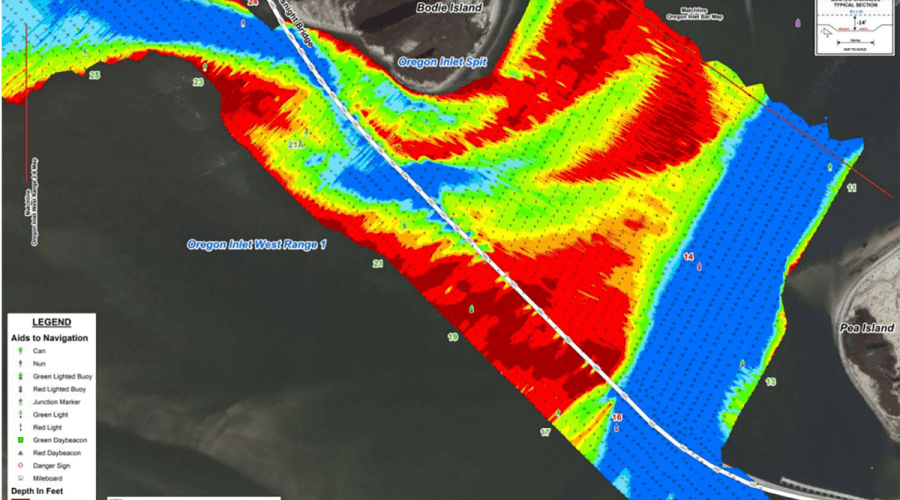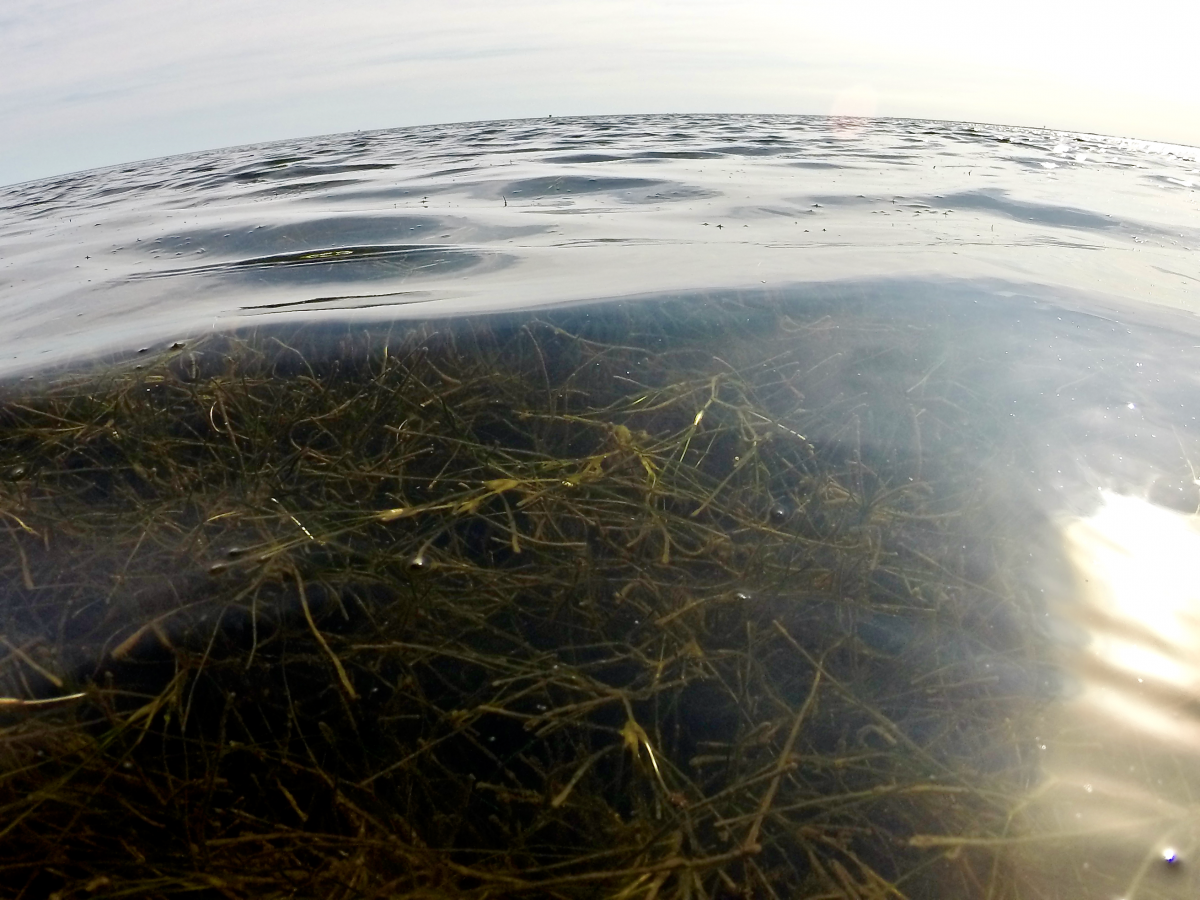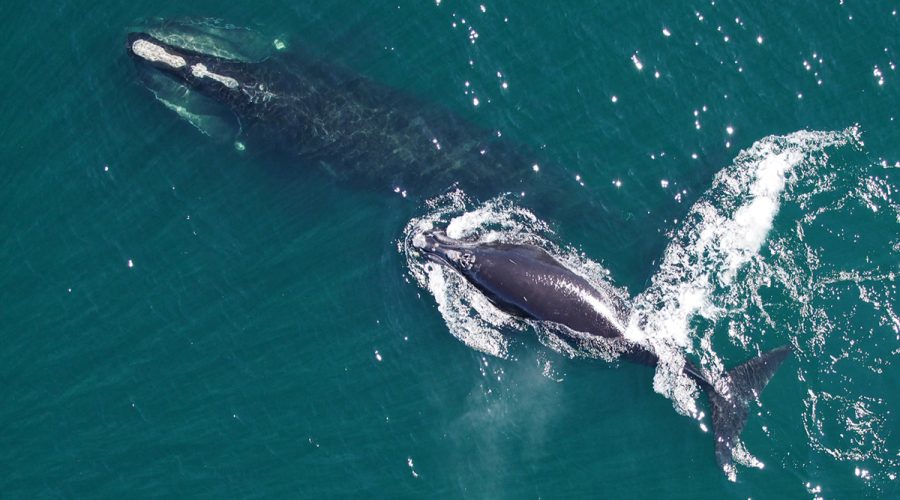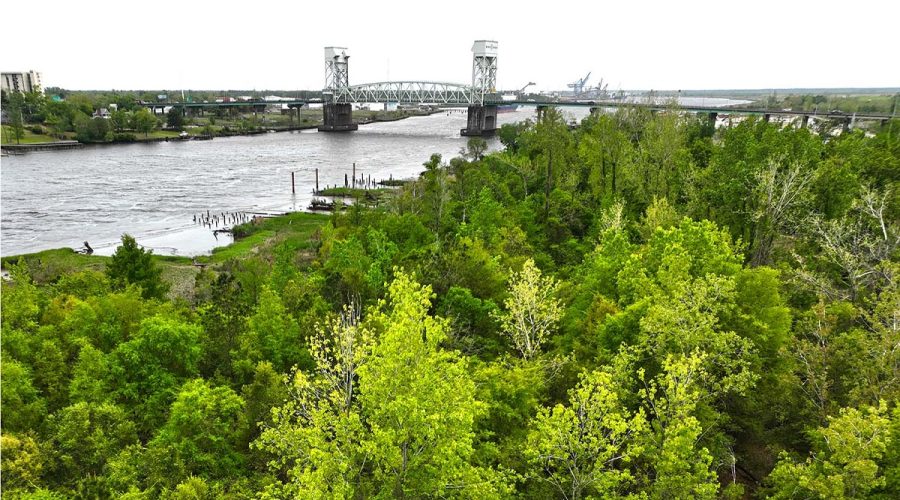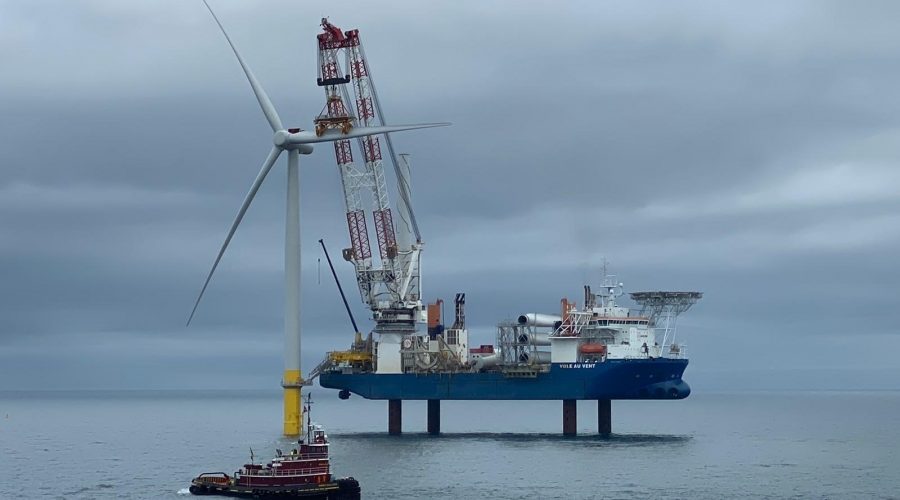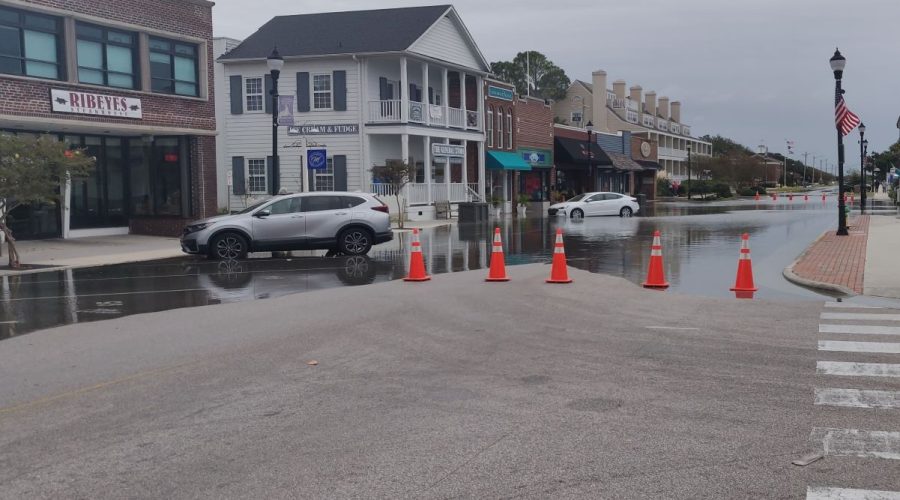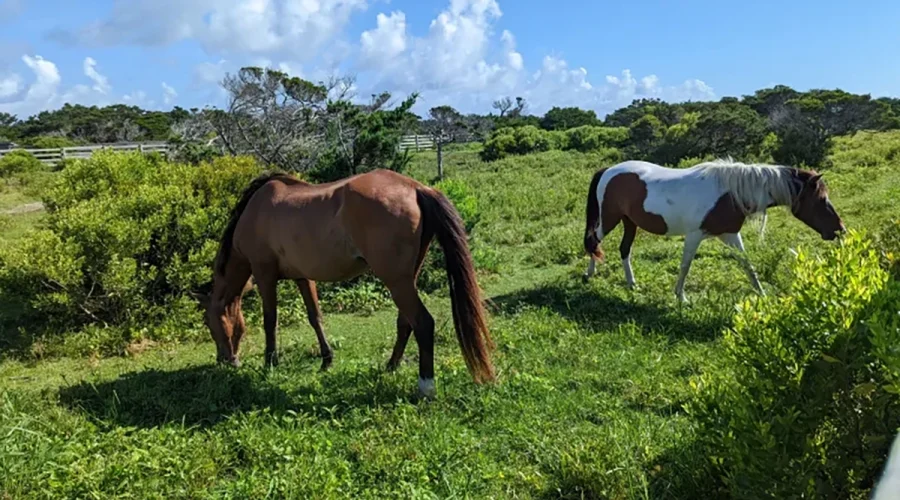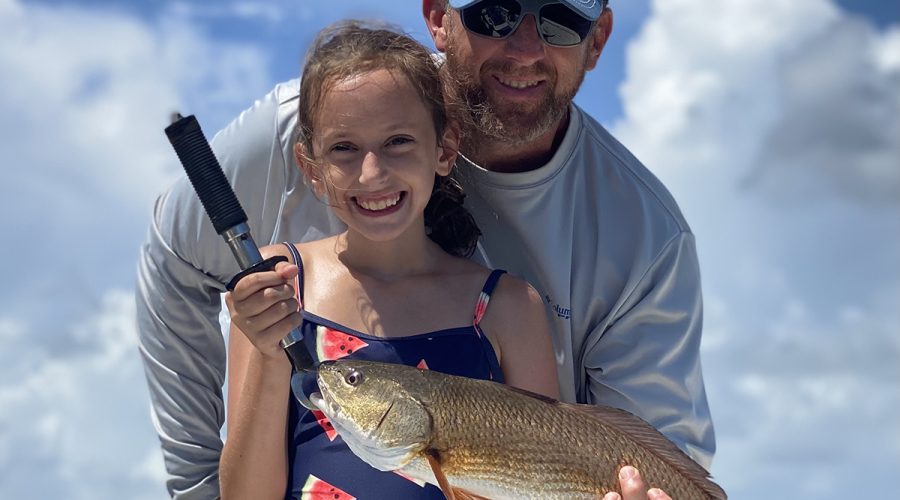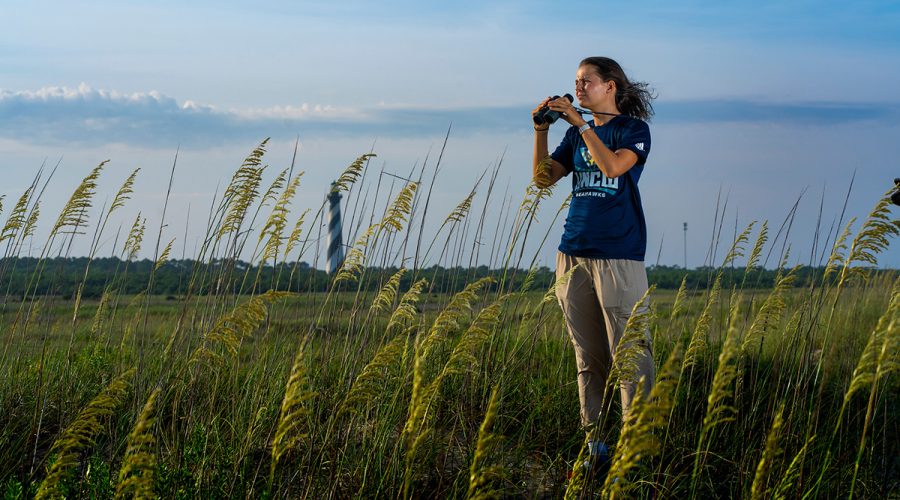Marvin Tupper Jones, whose Albemarle family history predates the Lost Colony, says he’s living proof that his Chowanoke ancestors didn’t just disappear from the historical record.
Featured
Murphy introduces bill to study plan for Oregon Inlet jetties
Rep. Greg Murphy’s measure calls on the Corps to take another look at the feasibility of building two jetties to keep Oregon Inlet free from shoaling, an idea dismissed two decades ago as environmentally risky with dubious benefit.
Partnership updates maps for monitoring seagrass losses
Previous mapping efforts have shown declines in submerged aquatic vegetation.
Story of flight on Mars has parallels to Wrights’ challenges
A replica of the Ingenuity Mars helicopter recently took flight at the national memorial in recognition of National Aviation Day and the Wright brothers’ ingenuity.
Researchers index climate change effects for marine species
Nearly 90% of the 25,000 marine species studied will be at high or critical risk by 2100 in the worst-case scenario for greenhouse gas emissions, according to the study out this week.
Board seeks more study of Cape Fear River’s west bank
New Hanover County commissioners want more information, including a hydrological study, before determining the types of development suitable for the land across from Wilmington’s downtown.
A coastal reporter remembers the late Sen. Marc Basnight
Journalist Catherine Kozak recalls her years covering the late Sen. Marc Basnight and his approach to politics, his impact on the Outer Banks and his passion for the coastal environment.
New law repeals offshore wind energy lease moratorium
President Biden signed the bill Tuesday, promising millions of new good-paying, clean energy jobs and repealing the previous administration’s 10-year pause on wind energy leasing off the East Coast.
Rising sea levels will cause more high tide flooding: Report
NOAA’s latest outlook for the U.S. predicts that by 2050, high tide flooding on a national scale is expected to happen between 45 and 70 days per year on average.
Breeding challenges among concerns for Ocracoke ponies
No foal has been born in years, and the management plan for the small herd that has survived for centuries on Ocracoke Island dates back to 1995.
Lighthouse restoration needs exceed $8 million available
Officials say the Cape Lookout Lighthouse, completed in 1859, needs extensive work before it can safely be reopened to the public, but the rehabilitation could cost millions more than available funding.
High heat exposure overnight can cause health issues
Extreme heat exposure overnight for those who do not have access to or can’t afford air conditioning can lead to heat-related illness, climate experts say.
Fishing is all about family for coastal guide Capt. Rick
Capt. Rick Patterson tried competitive bass fishing but later turned his focus and his passion toward saltwater angling and helping people, especially young folks, catch a big one for the first time.
Tiresome issue won’t stop Wrightsville Beach sand project
Other New Hanover County towns’ beach nourishment work was slowed when the dredge encountered tires from old artificial reefs but the known offshore debris field isn’t halting Wrightsville Beach’s plans to pump sand from its new borrow site.
Coast Guard Station Elizabeth City set to mark 82nd year
The Coast Guard’s largest aviation facility, Air Station Elizabeth City has grown from 249 to 800 acres, and from 60 to 2,000 personnel and employees since being commissioned Aug. 15, 1940.
Small sparrow’s plight in focus for grant recipient Allie Best
Allie Best, a graduate student at the University of North Carolina Wilmington, is one of two recently named recipients of the North Carolina Space Grant and North Carolina Sea Grant, a fellowship awarded to students whose research explores challenging coastal problems.


